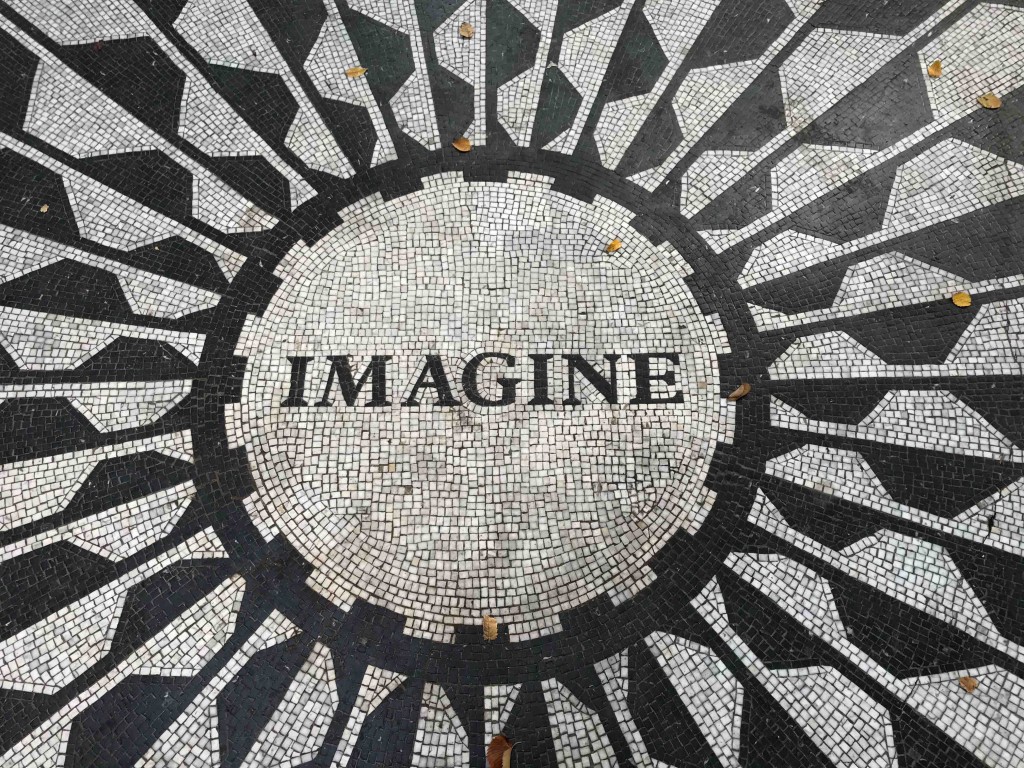Do you really listen to the words you use when you speak? You get so used to hearing your own voice, you could forget the words you choose or their meaning. With a little effort, give your vocabulary a power boost. In the process, position yourself as a knowledgeable professional.
Time is money. Every second is precious. Less is more. That’s why professionals speak in sound bytes. Here are a few tips to help you pack more punch into what you say:
Use simple words. Ask professionals what they prefer when communicating with other people, and they will undoubtedly say, “Be direct…Give me the facts…Don’t beat around the bush.” Some people lose the listener because they talk around issues or they talk over other people’s heads. People come away asking, “What did that person say?” Be clear and concise. Choose your words carefully. Which word gets to the point faster? Parsimonious or stingy? One of my colleagues shared an example: Eager to have lunch served quickly at a business meeting, my friend asked the waiter to “expedite” the order. The confused waiter returned a few minutes later asking what the word meant. Use language that is appropriate to the listener. Words with five syllables are more likely to be misunderstood than shorter words. Be careful you’re not using those big words only to impress.
Be specific. Professionals appreciate specific information that helps them understand your perspective. If you’re in sales, for instance, it’s better to say that your products are used by nurses, not workers in the healthcare industry. Information becomes clearer when you provide more details. Management team is more specific than work team. Fortune 500 CEO is more descriptive than company leader. Broad descriptions can sometimes defeat your purpose.
Use action verbs. Passive verbs simply state that you were, are, or will be doing something. Action verbs are direct and show motion. Let’s look at an example. You are presenting to a potential client. You want to show your qualifications for handling the client’s business, so you say, “I was the vice president of marketing for the Harper Company.” The sentence is weak because was is a passive word. By changing your comment to, “I directed the $2 million marketing campaign for the Harper Company,” the sentence has more impact. It’s easy to say, “I have 40 representatives working for me.” Want more power? Change it to, “I manage 40 representatives.”
Paint a picture with descriptive words. Let’s say you are encouraging team members to use a new time management app. You could outline the features (full calendar access, information sharing, reminders, notices, color coded tasks, etc.) or you could paint a visual picture outlining the benefits. “Imagine tracking productivity throughout every work day, staying focused, and seeing what you have accomplished. The XYZ app does that.” The key starter word here is imagine. That one word allows the team member to visualize a more productive, efficient work life.
Avoid jargon. Professionals often get stuck in the verbal “trend zone.” You have heard them all, and you have used them at one time or another. Paradigm shift. Empowerment. Interface. Awesome. Totally. Rubrics. Drill down. Robust. Bandwidth. Whatever. Transparency. The problem with jargon is that it is overused and unoriginal. Don’t use jargon as a crutch. Jargon is a sign of the times; it is not timeless. If you use outdated jargon, you risk positioning yourself as someone who is not in the know. Also, be careful you don’t sound like a surfer dude or valley girl during those important client presentations.
What are you going to do about it? Your first step: Read this short, helpful article by Minda Zetlin, Want a Bigger Vocabulary? Try These 7 Mobile Apps.
Words help to shape your world. In business, you can change the perceptions of your clients, co-workers, and the C-Suite by choosing words that make your messages more powerful.


